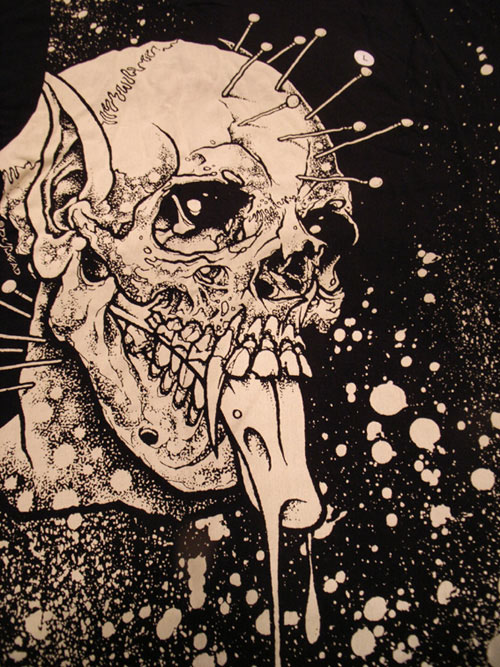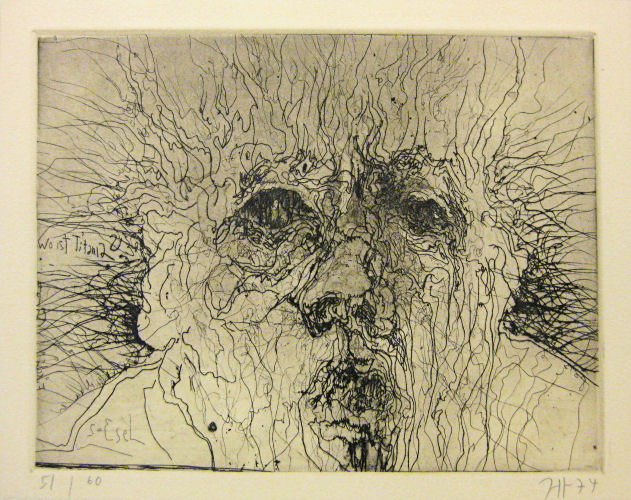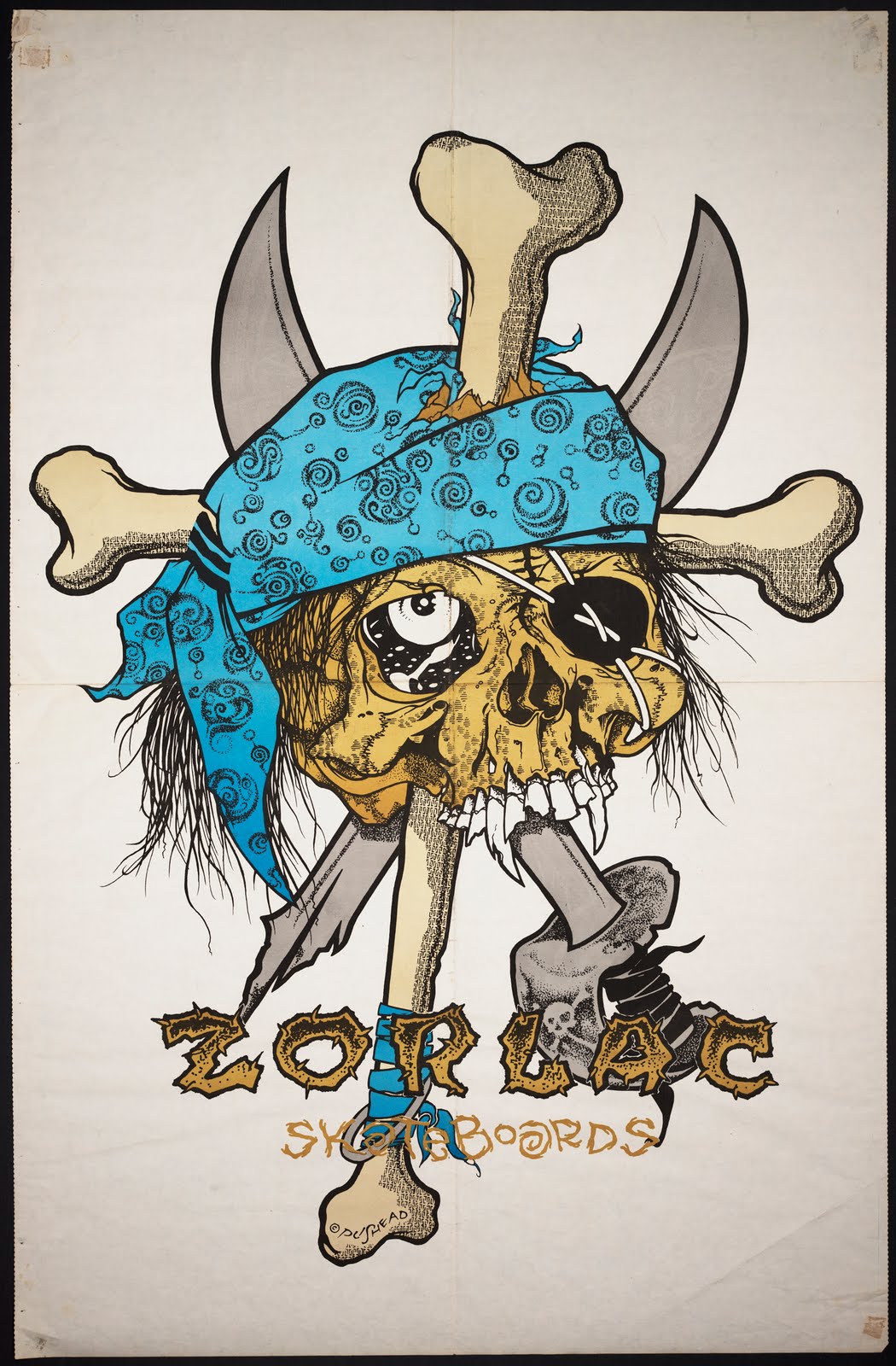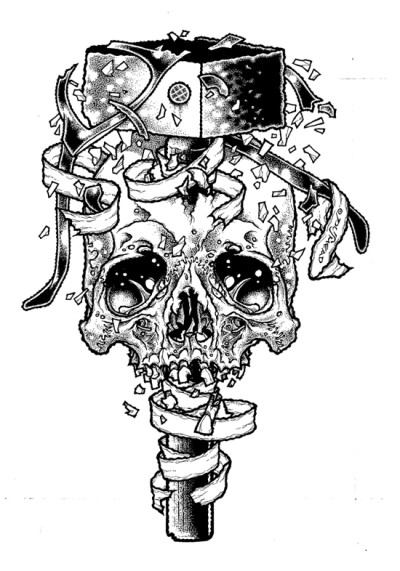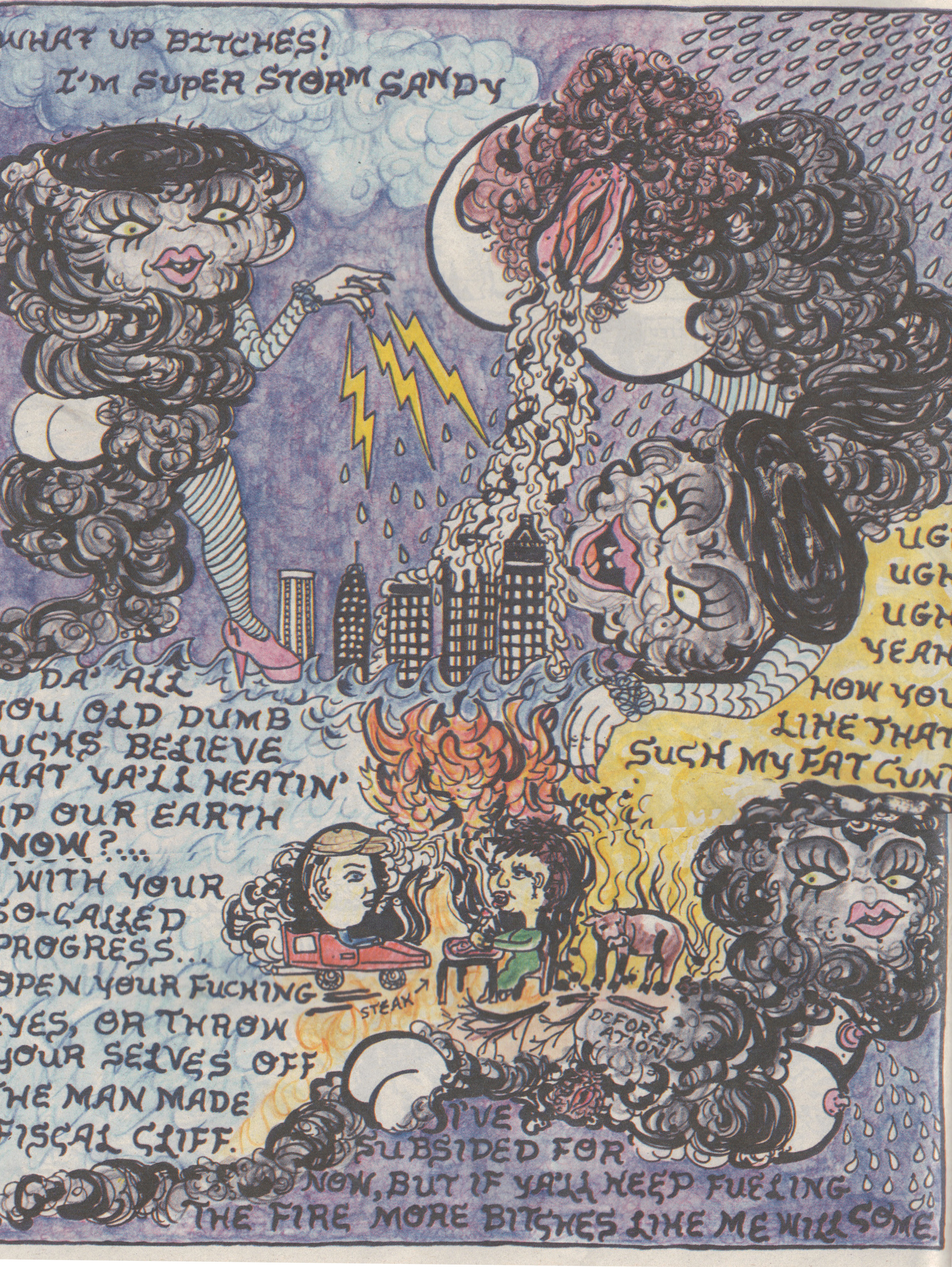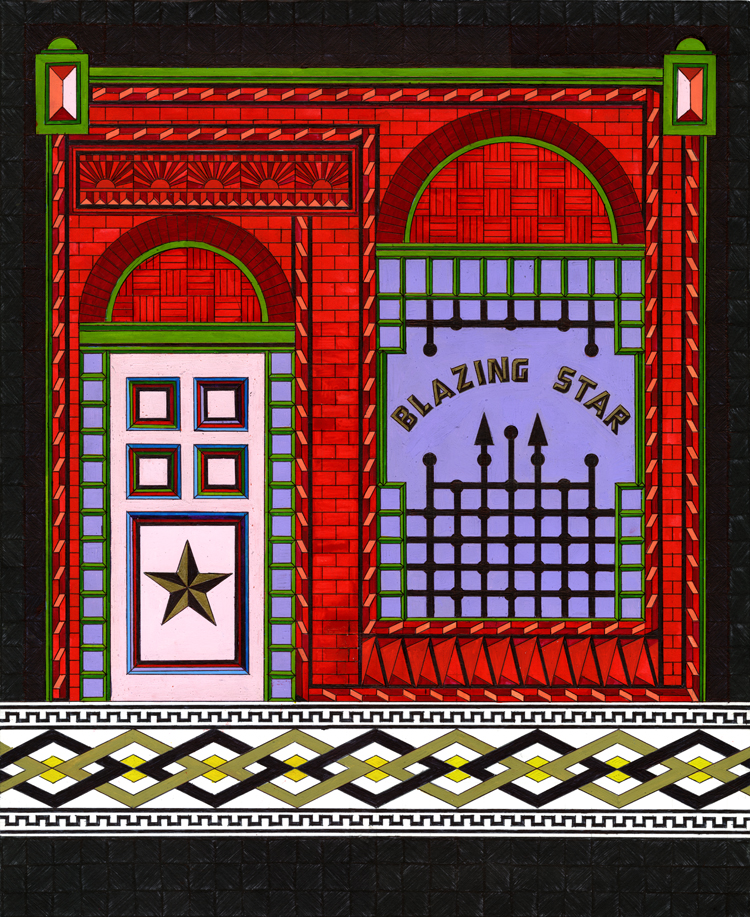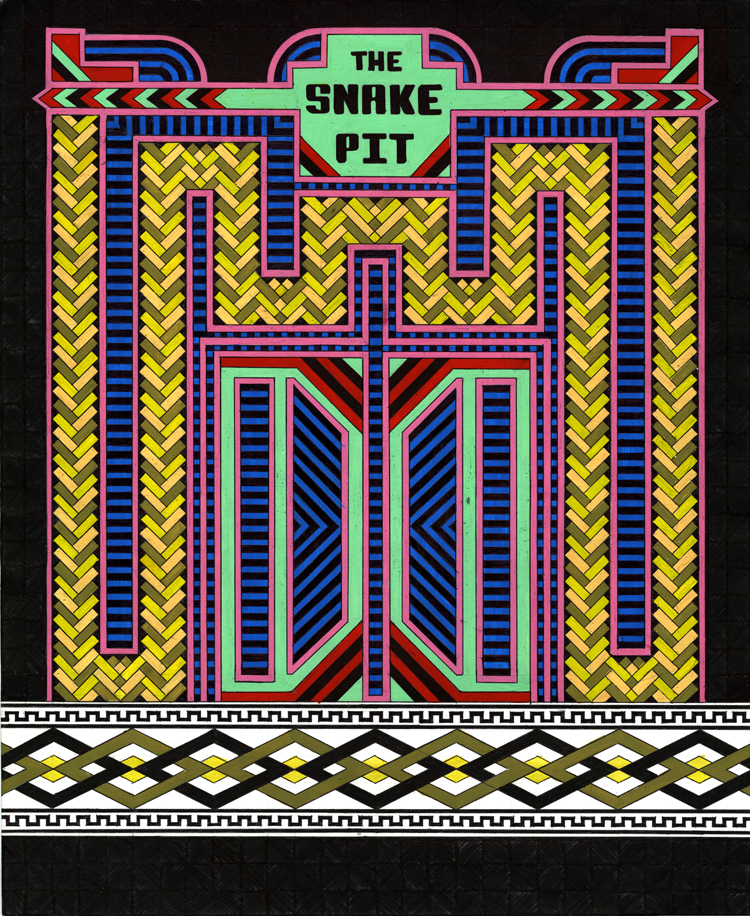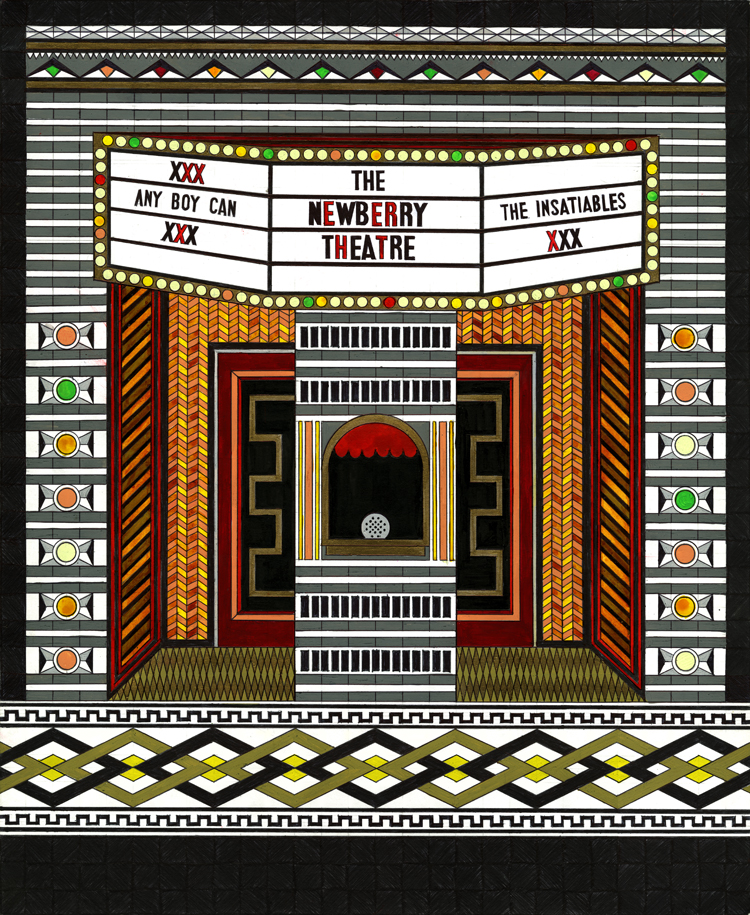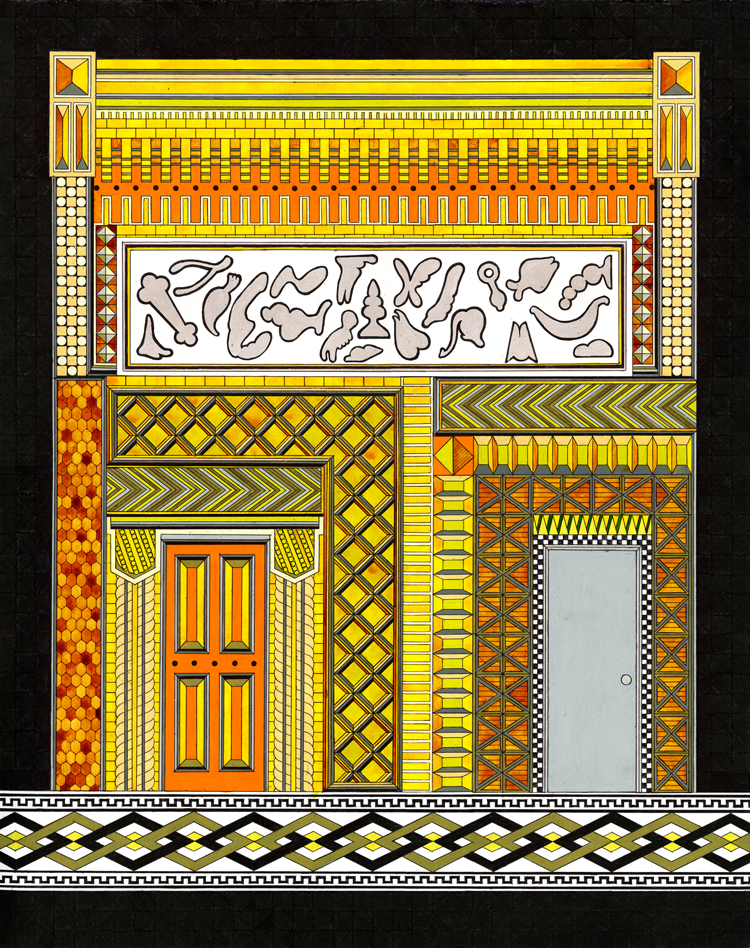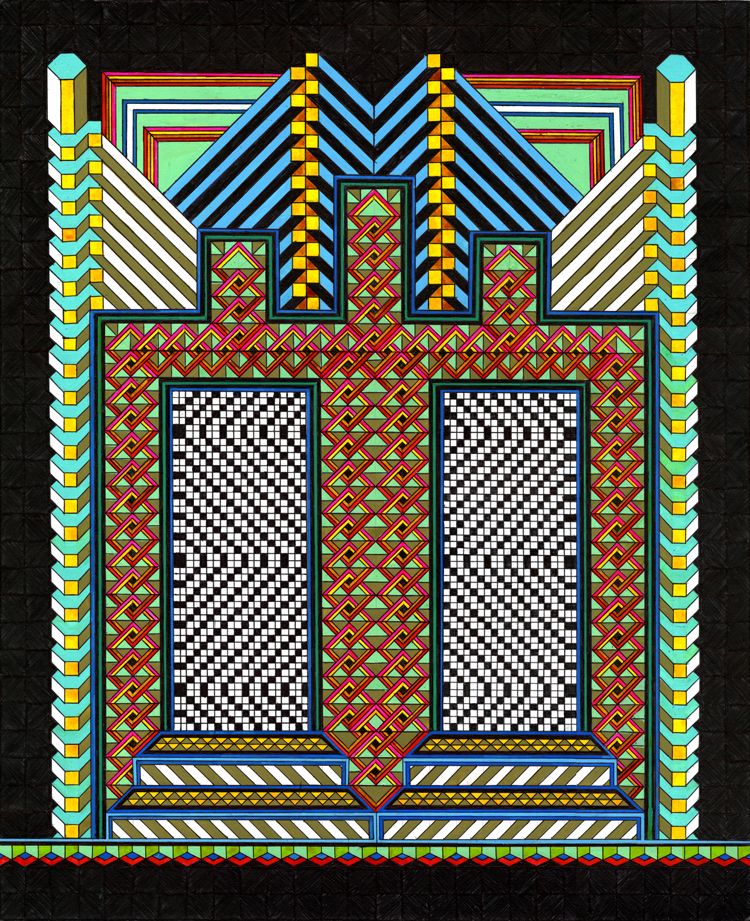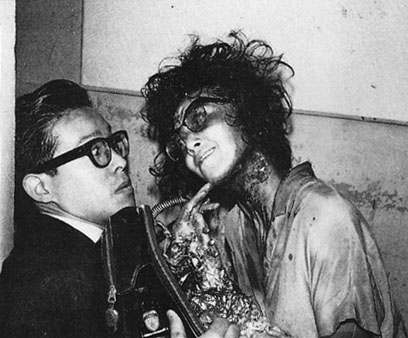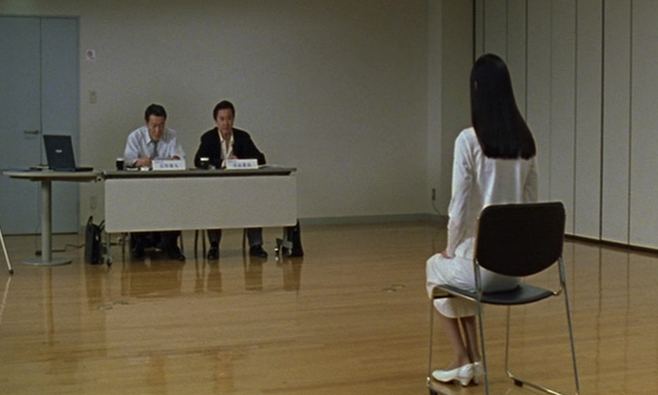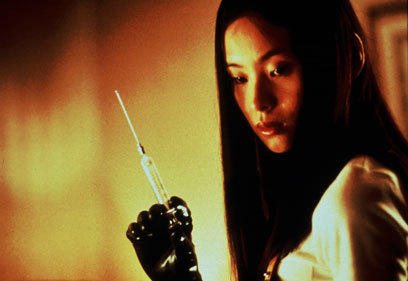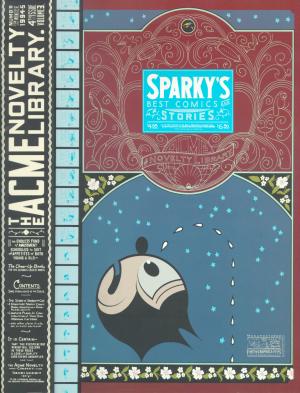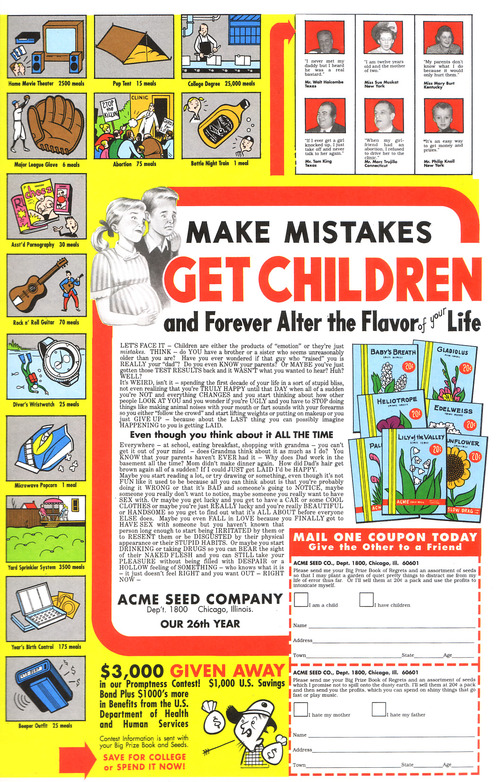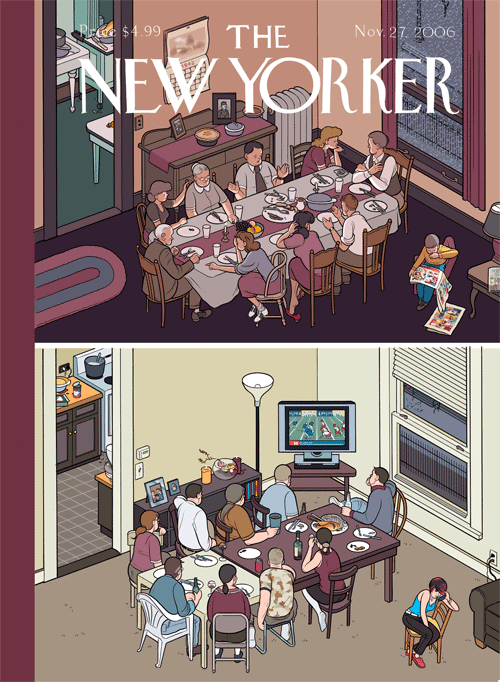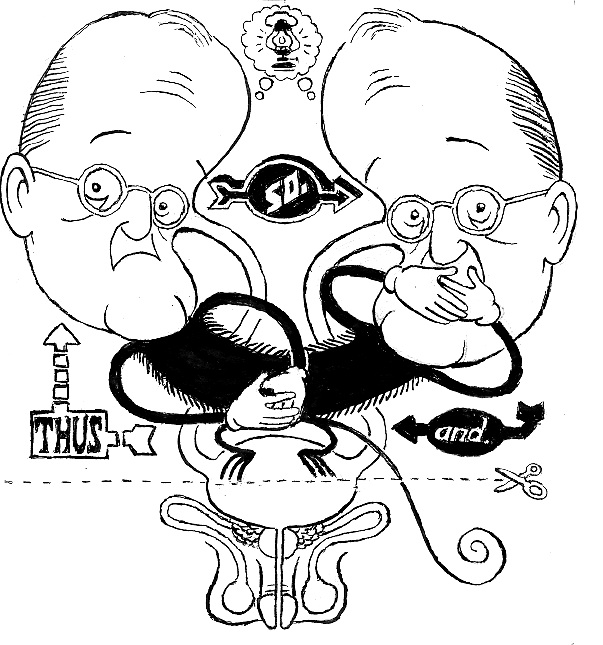My dear friend Chris, who loves the Pixies, mentioned their new song “Bagboy” to me. The song is a cryptic quiet-loud hiss-shout anthem in their classic style, but the video overwhelms it somewhat for me, as it features a young white boy trashing a house with colorful items (Froot Loops, balloons, liquids, sundry mists and sprays)– a house that, at the very end, is revealed to (presumably) belong to an African-American woman who is tied up in the bedroom (foreshadowed by a photo early in the video). Perhaps a potent metaphor for post-multicultural something. Perhaps an unproblematized depiction of a hate crime. Perhaps a strange reference to the mad Negress of Jane Eyre– who knows?
Anyhow, here’s a digest of my conversation with Chris, but I’m paraphrasing his devil’s advocate parts, as he felt a tad reticent.
So, for openers, I feel irritated by the video’s attempt at being controversial. I mean, Family Guy annoys me, but I still watch it. The Seth MacFarlane edginess is usually part of some narrative. When a character pukes on a copy of The Feminine Mystique, it seems like a somewhat harmless boneheaded provocation that might get kids to read Betty Friedan. When he makes a joke about how quiet restaurants were during Jim Crow, it’s really not offensive to me, even if it might irritate someone older who lived through Jim Crow.
But in Chicago, where I live, there’s a long history of police torturing black people– we live in a country with lots of black people in jail. There’s also a long history of housing discrimination against blacks. You could use that to make an edgy joke, like Chris Ware did when he advertised prisons as “Large Negro Storage Boxes.” But the video did it in a way that was basically “Birth of a Nation” with a soundtrack; my vibe was that “terrorism against middle-class black people is awesome!” I disagree.
On the other hand, I’m told that one member of the video production team is black, and it could certainly be read as an indictment of white entitlement and hatred, or just an Obama-era version of A Clockwork Orange. Or the white kid could be read as a trailer-trash shithead a la Gummo (which then raises the specter of class war). Maybe, in the class war frame of mind, it doesn’t matter that she’s black, but only that she’s a homeowner. Maybe he’s just an evil kid.
Well fine… I would read it differently if it was a black band, or a band with one black member, or a band with any significant black fan base. But the Pixies are predominantly white people (excepting Filipino-American guitarist Joey Santiago) predominantly addressing white people, and their message (in general) is about how mutilation is fun and how blaming “redneckers for getting pissed at stupid stuff” is stupid. Drop out of college and tell women about how you fear losing your penis to a diseased whore. Which is cool- they’re a great rock band with decent angry-white-male anti-intellectual intellectual lyrics.
But to me there’s no question that the kid was the protagonist, and he was victorious. It takes some serious rationalizing to make him a villain (even though that may have been the intention). And, just to touch on the lyrics– they would seem fairly opaque without the video as context, but now I can’t help but read “She had some manners and beauty but you look like a bug,” accompanied by the sneering insistence to “polish your speech” and “cover your teeth” as patrician advice on proper racial assimilation that not even Bill Cosby would utter.
After reading a draft of the above, Noah pointed out quite astutely that the departure from the band of bassist Kim Deal, known for having a strong woman-positive voice in her other musical projects, does coincide neatly with a video that is not only depicting violence against blacks, but violence against women. It seems doubtful that a country act, a rapper, or a metal band would get a pass for making their misogyny visually explicit, but the fact that an “alternative” act apparently can should certainly provide food for thought.
So yes, “racist” and “sexist” does account for perhaps a majority of, well, all recorded music. Non-recorded as well maybe. There is an entire musical subgenre known as “murder ballads,” this subgenre forming one element of the blues, noted target of wholesale white appropriation, etc. It just might be fun for at least a moment to consider the ways in which the quasi-elite pop culture pantheon, seemingly a sparkling realm of gender- and race-blind self-made genius, have some connection, however tenuous and refracted, to the ongoing worldwide disenfranchisement and exploitation of a teeming underclass.
__________
Update (by Noah): One of the video’s creators replies in comments; please scroll down to see his response.




